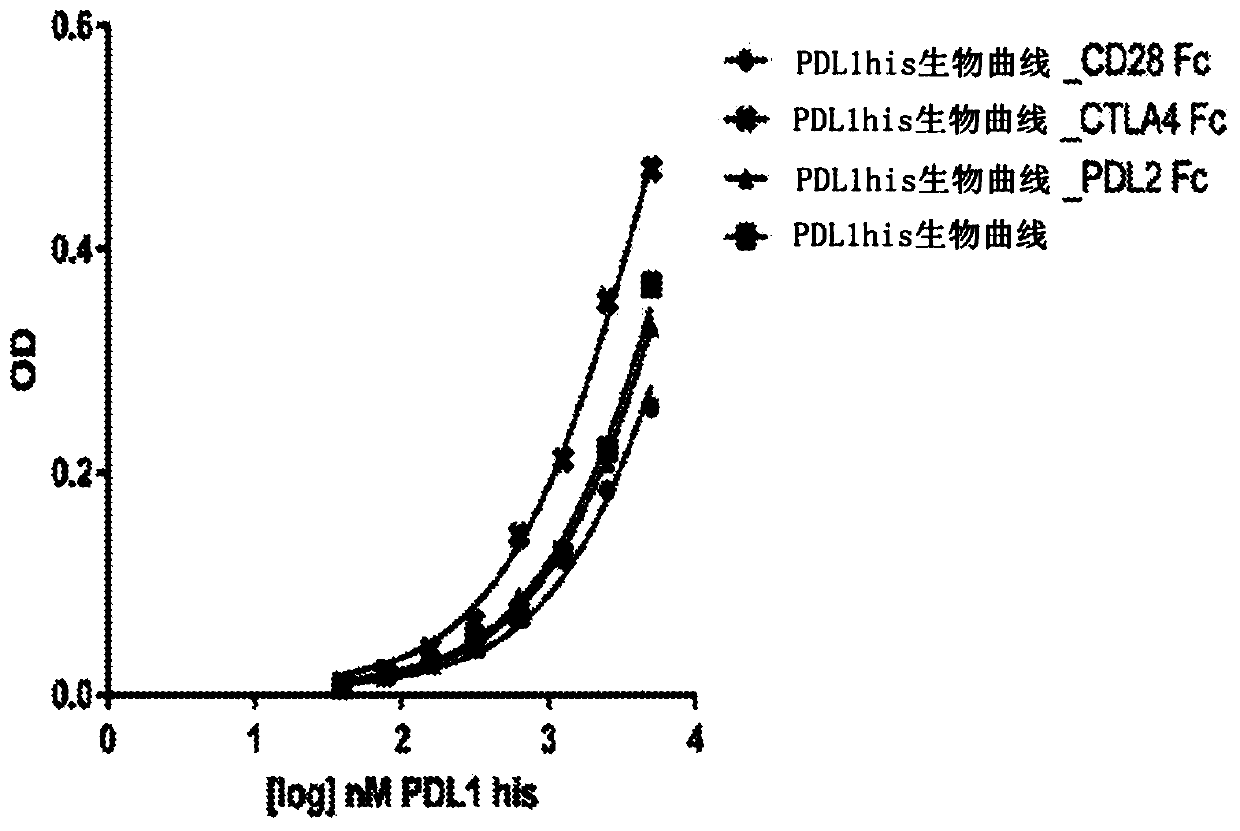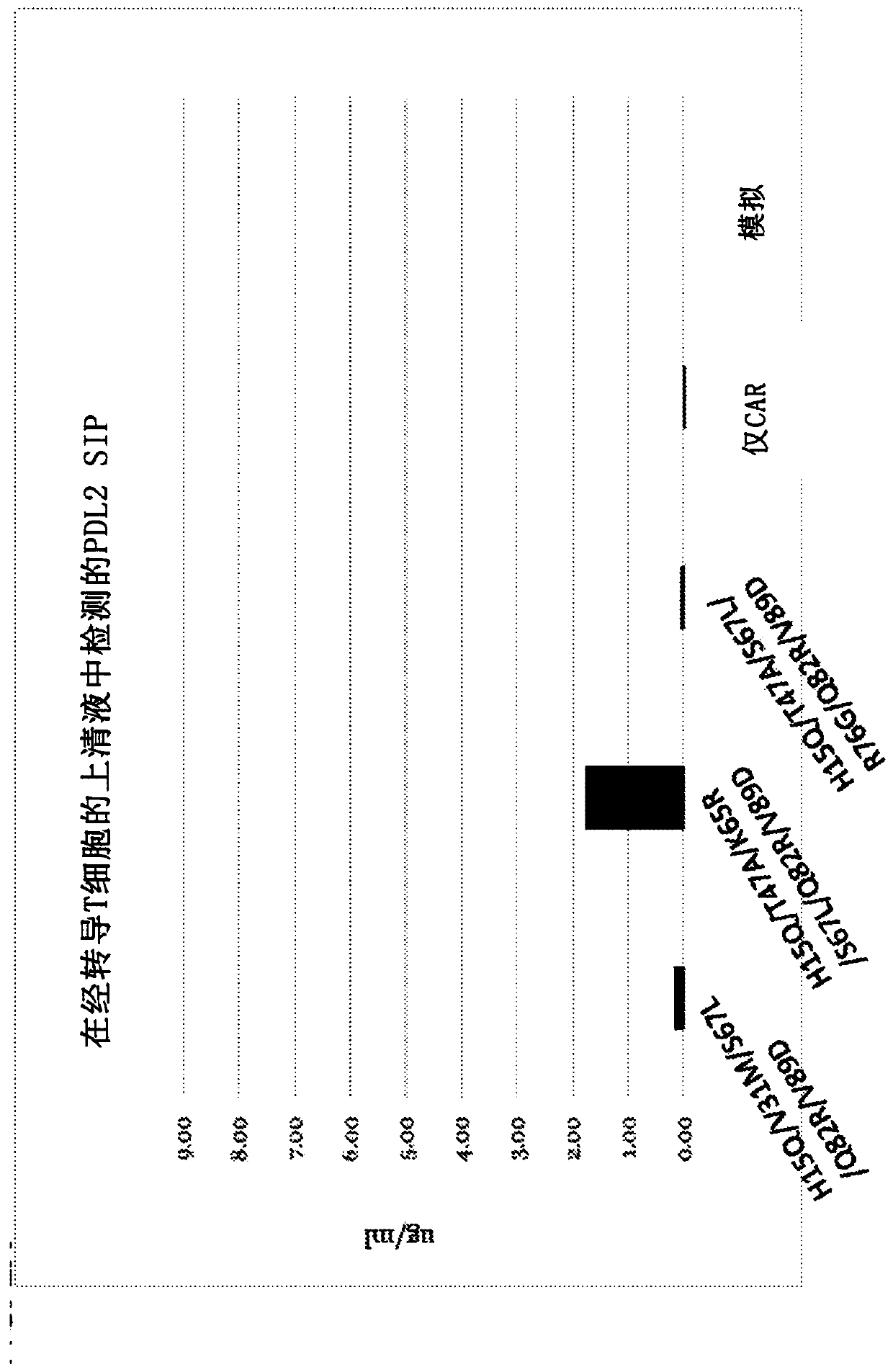Secretable variant immunomodulatory proteins and engineered cell therapy
A technology for immunoregulatory proteins and immune cells, applied in the field of preparation and use of such protein compositions
- Summary
- Abstract
- Description
- Claims
- Application Information
AI Technical Summary
Problems solved by technology
Method used
Image
Examples
Embodiment approach
[0402] Among other things, the provided implementations are:
[0403] 1. An immunomodulatory protein comprising at least one non-immunoglobulin affinity modified immunoglobulin superfamily (IgSF) domain comprising one of the wild-type IgSF domains or multiple amino acid substitutions, where:
[0404] said at least one affinity-modified IgSF domain specifically binds at least one cell surface cognate binding partner of a wild-type IgSF domain;
[0405] The immunomodulatory protein does not comprise a transmembrane domain; and
[0406] The immunomodulatory protein is not conjugated to a half-life extending moiety.
[0407] 2. The immunomodulatory protein of embodiment 1, wherein said half-life extending moiety is a multimerization domain.
[0408] 3. The immunomodulatory protein of embodiment 1 or 2, wherein said half-life extending moiety is an Fc domain.
[0409] 4. The immunomodulatory protein of any one of embodiments 1 to 3, wherein said immunomodulatory protein further...
Embodiment 1
[0686] Generation of mutant DNA constructs of the IgSF domain
[0687] Example 1 describes the generation of mutant DNA constructs of human CD80, CD86, ICOSL and NKp30 IgSF domains for translation and expression on the surface of yeast as yeast display libraries. The following examples illustrate the binding and activity of affinity-modified domains of exemplary IgSF proteins in the form of Fc fusions; the affinity-modified domains are expected to interact with secretable immunomodulatory proteins or transmembrane proteins as described. Immunomodulatory protein linkage.
[0688] A. Degenerate library
[0689] Libraries that are fully or partially randomized with degenerate codons are used to target specific residues of a target protein, such as the specific mixed base set encoding various amino acid substitutions, human CD80 (SEQ ID NO: 28), ICOSL (SEQ ID NO: 32) and NKp30 (SEQ ID NO: 54) encoding DNA was obtained as a collection of overlapping oligonucleotides up to 80 base...
Embodiment 2
[0695] Introduction of DNA library into yeast
[0696] Example 2 describes the introduction of CD80, CD86, ICOSL and NKp30 DNA libraries into yeast.
[0697]To introduce degenerate random library DNA into yeast, electroporation-competent cells of yeast strain BJ5464 (ATCC.org; ATCC No. 208288) were prepared and run on a Gene Pulser II (Biorad, USA) using a method obtained from a method essentially as described. Electroporation-ready DNA from the above steps was electroporated (Colby, D.W. et al. 2004 Methods Enzymology 388, 348-358). The only difference was that transformed cells were grown in non-inducible minimally selective SCD-Leu medium to accommodate the LEU2 selectable marker carried by the modified plasmid pBYDS03.
[0698] Library size was determined by plating serial dilutions of freshly recovered cells onto SCD-Leu agar plates, after which library size was extrapolated from the number of single colonies from the plating that generated at least 50 colonies / plate. ...
PUM
 Login to View More
Login to View More Abstract
Description
Claims
Application Information
 Login to View More
Login to View More - R&D
- Intellectual Property
- Life Sciences
- Materials
- Tech Scout
- Unparalleled Data Quality
- Higher Quality Content
- 60% Fewer Hallucinations
Browse by: Latest US Patents, China's latest patents, Technical Efficacy Thesaurus, Application Domain, Technology Topic, Popular Technical Reports.
© 2025 PatSnap. All rights reserved.Legal|Privacy policy|Modern Slavery Act Transparency Statement|Sitemap|About US| Contact US: help@patsnap.com



